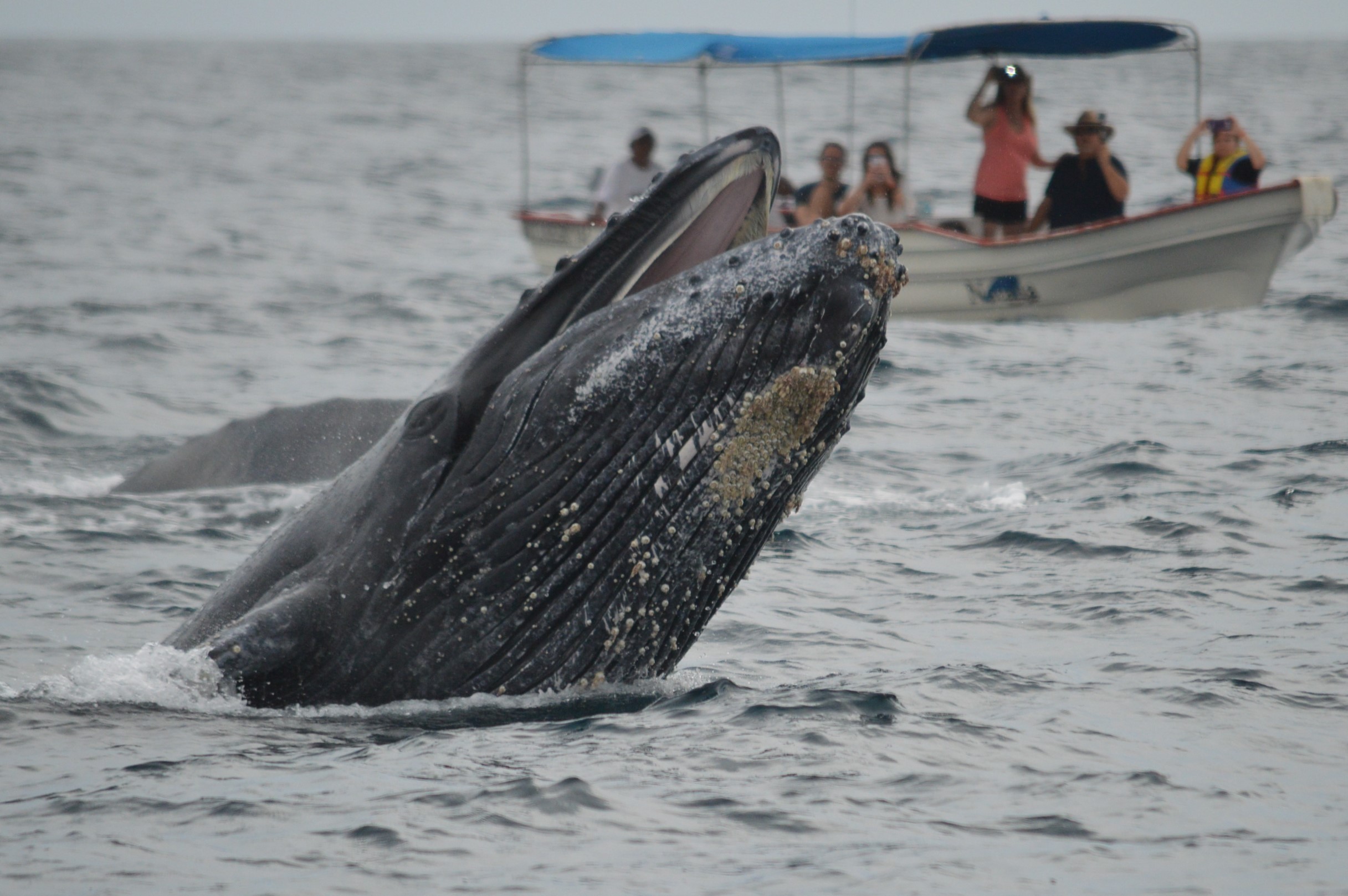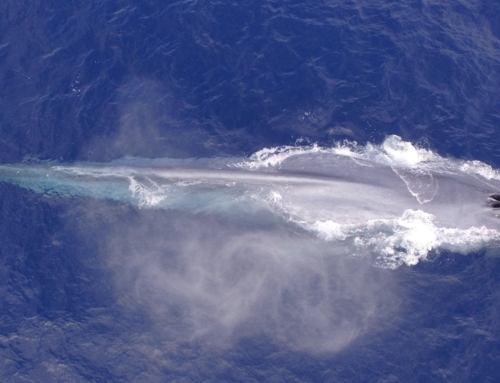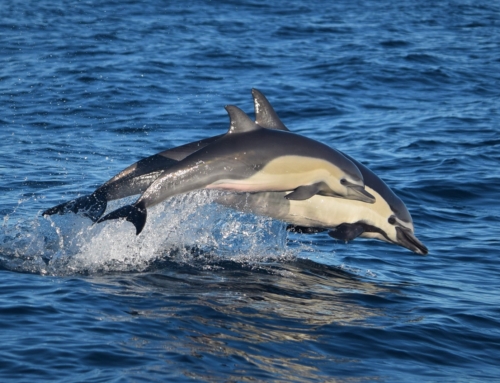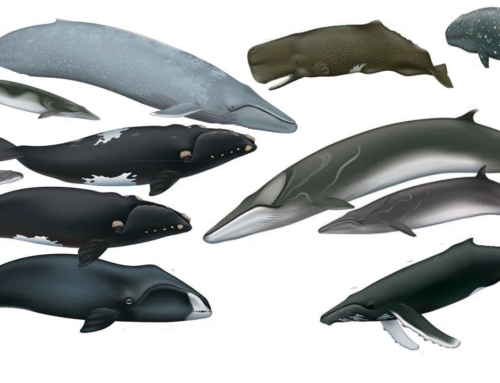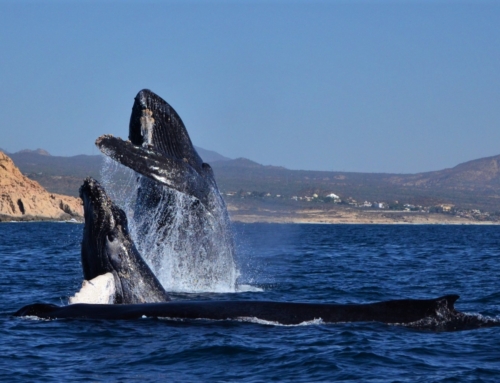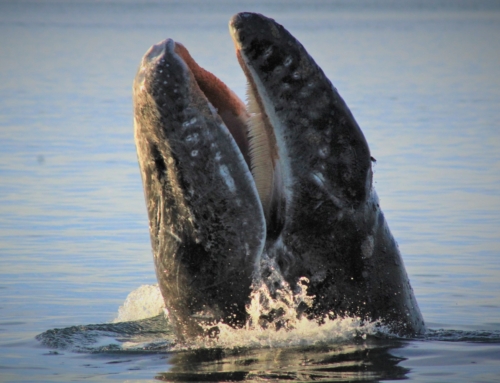Whales of Baja California: Where & when to find them. 5 amazing locations around the peninsula to encounter whales and other marine mammals.
Baja California is a whale watchers dream, almost always sunny and clear with plenty of coastline and varied topography. The waters surrounding the peninsula are rich in life and support amazing marine biodiversity. There are currently 41 species of marine mammals known to live in or visit the area. This list includes over half of the 13 Great Whales, the critically endangered Vaquita porpoise, Orcas and a number of Dolphin & Pinniped species.
Figuring out where to go, and when, can be a daunting prospect in a place this vast and with so many options. These waters experience marked seasonal changes that greatly determine the movements and habits of marine mammals. Migratory species such as Humpback and Gray whales plan their entire lives around the seasons. They spend summers feeding on the rich bounty of Arctic waters that is only available as sea ice melts. As temperatures drop and sea ice returns, the whales head South to regions such as Baja California where winter waters are more suitable for mating and raising newborn calves. These changes also affect resident species who may move around to exploit seasonal food sources or head to established mating grounds.
Here are 6 amazing places to see the whales of Baja California and the best time to do it:
Los Cabos:
Los Cabos, a region of two cities named Cabo San Lucas and San Jose del Cabo, is the Southern most point on the Baja peninsula. It is also the meeting point for the mighty Pacific Ocean and the Sea of Cortez. This unique location ensures that many marine mammals and other animals entering the area will pass by its shores.
It is a hotspot for whales, especially Humpbacks, Orcas are spotted most months of the year and a number of dolphin species can be seen year round. The whale watching season in Los Cabos is from 15 December – 15 April each year. Sightings of Humpbacks are guaranteed during this period while Gray whales also visit the area. It is also possible to spot great whales at various times throughout the year as they transit between the two seas. The furthest South colony of California sea lions can also be found just at the edge of the Cabo San Lucas bay.
The tourist sector is highly developed in Los Cabos and there are plenty of marine activities available year-round. It also hosts an international airport, making it the most accessible spot on the peninsula for Ocean enthusiasts. Los Cabos is a bustling place by Baja standards, but head North and you will soon start seeing gorgeous empty beaches. The next stop on any journey to see the whales of Baja can only be La Paz.

A Humpback whale breaches in
Cabo San Lucas bay.
La Paz
La Paz is the biggest city and state capital of Baja California Sur. There are, however, few all inclusive resorts and the tourism sector is far more modest than that of Los Cabos. It is located on the East side of the peninsula in the Sea of Cortez. The La Paz bay is large and at its edge lies an island named Isla Espiritu Santo. This area is one of Baja’s UNESCO world natural heritage sites. The desert islands here are an important habitat for many bird, reptile and mammal species. It is ringed by beautiful beaches, mangroves and amazing geological formations. The surrounding waters are some of the richest in the on Earth.
Around 30 different Cetaceans can be spotted here, that’s about a third of the current register of species. The defining factor here is topography more than geography. There are deep waters close shore and rich in marine life. This combination of protection and abundance of food brings many great whales, including the Blue, Fin Sperm and Humpback. There are also large pods of dolphins and the biggest breeding colony in the region for California sea lions is located just North of Espiritu Santo on the islet of Los Islotes. La Paz bay is also an excellent place to swim with the biggest fish on the planet, the Whale Shark.

Snorkelers with a Whale shark in La Paz.
Loreto
Loreto is a small town on the East side of the Baja peninsula, about 300mi (500km) from Cabo San Lucas. It is a place of quaint architecture, artisanal goods and stunning marine bio-diversity. Loreto bay and its islands are a UNESCO world heritage site that boasts an embarrassment of riches. The area contains over 5,000 kinds of macro-invertebrates, 900 species of fish, 700 different plants, abundant bird life and around 40% of the world’s marine mammal species. Numbers like this ensure its place in the pantheon of the world’s richest natural environments. Ironically, it is a place that is more commonly associated with a single species than the thousands it contains.
Ironic but understandable. That’s because the waters around Loreto are one of the best places on Earth to encounter the largest animal ever to exist on our planet, the Blue whale. The oceanic giants visit the region in relatively large numbers between January and March each year. Blue whales spend much of their time in the open ocean, out of the reach of casual whale watchers and scientists alike. Places where they can be seen so close to shore are rare. But, in the Sea of Cortez there is enough food to feed even a 100ft long leviathan. It is also a place suitable for mothers with young calves, meaning sightings of the normally solitary whales with their offspring. There are only around 11 000 Blue whales alive today and seeing one of them is an experience that will make the journey to this remote location well worth it.

A Blue whale surfaces for a breath.
Read about more exciting remote locations around Baja in part 2…

